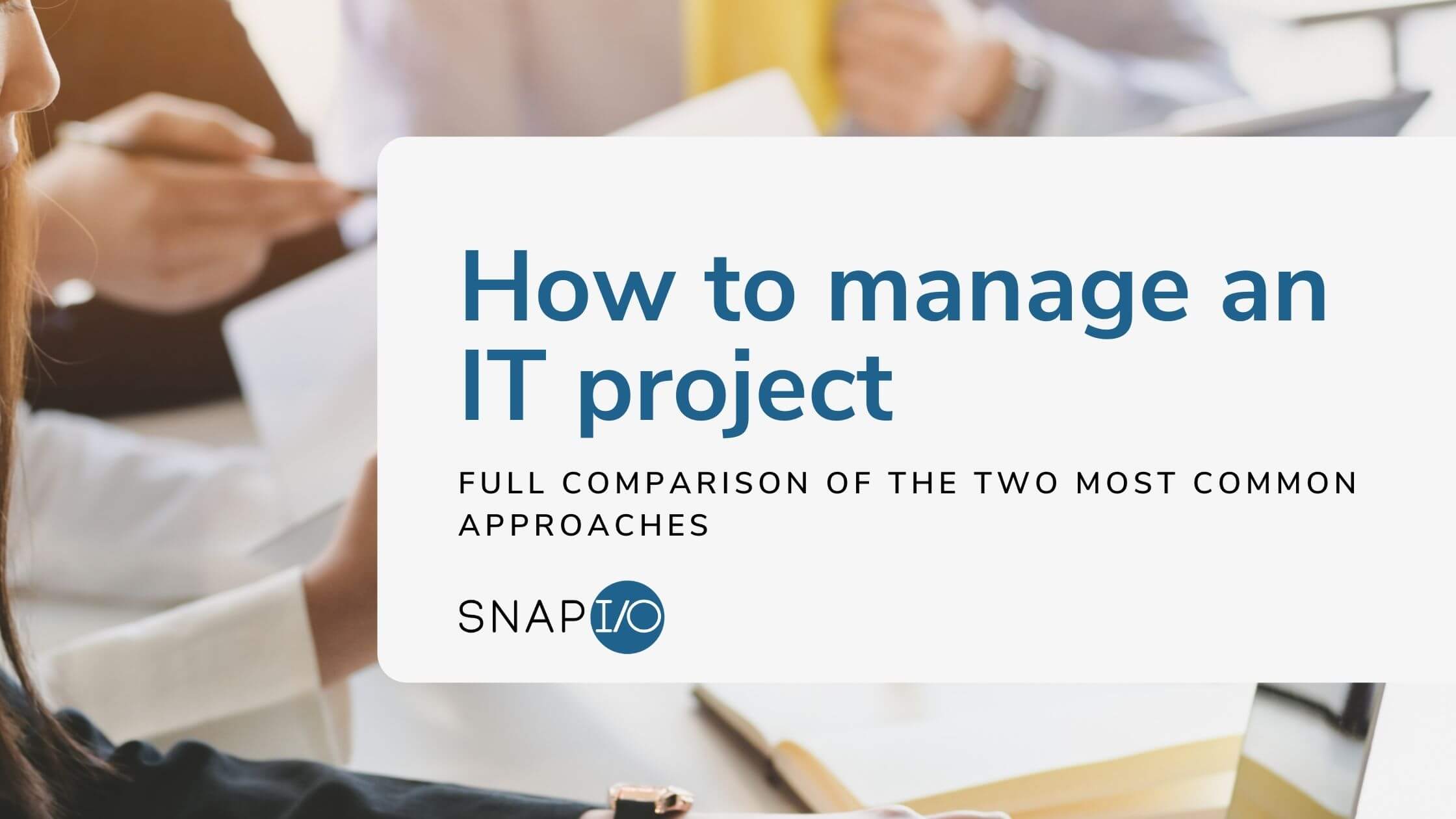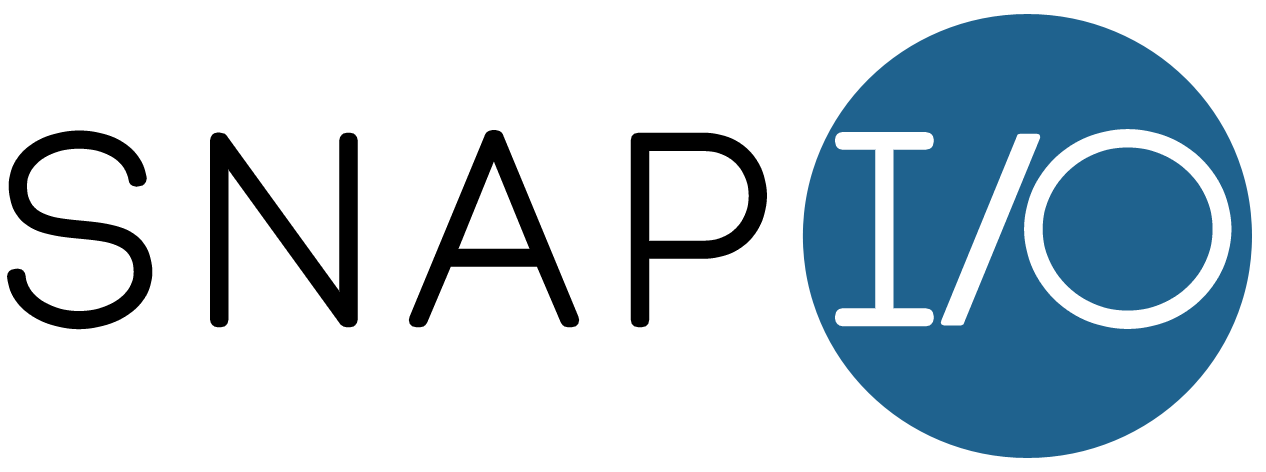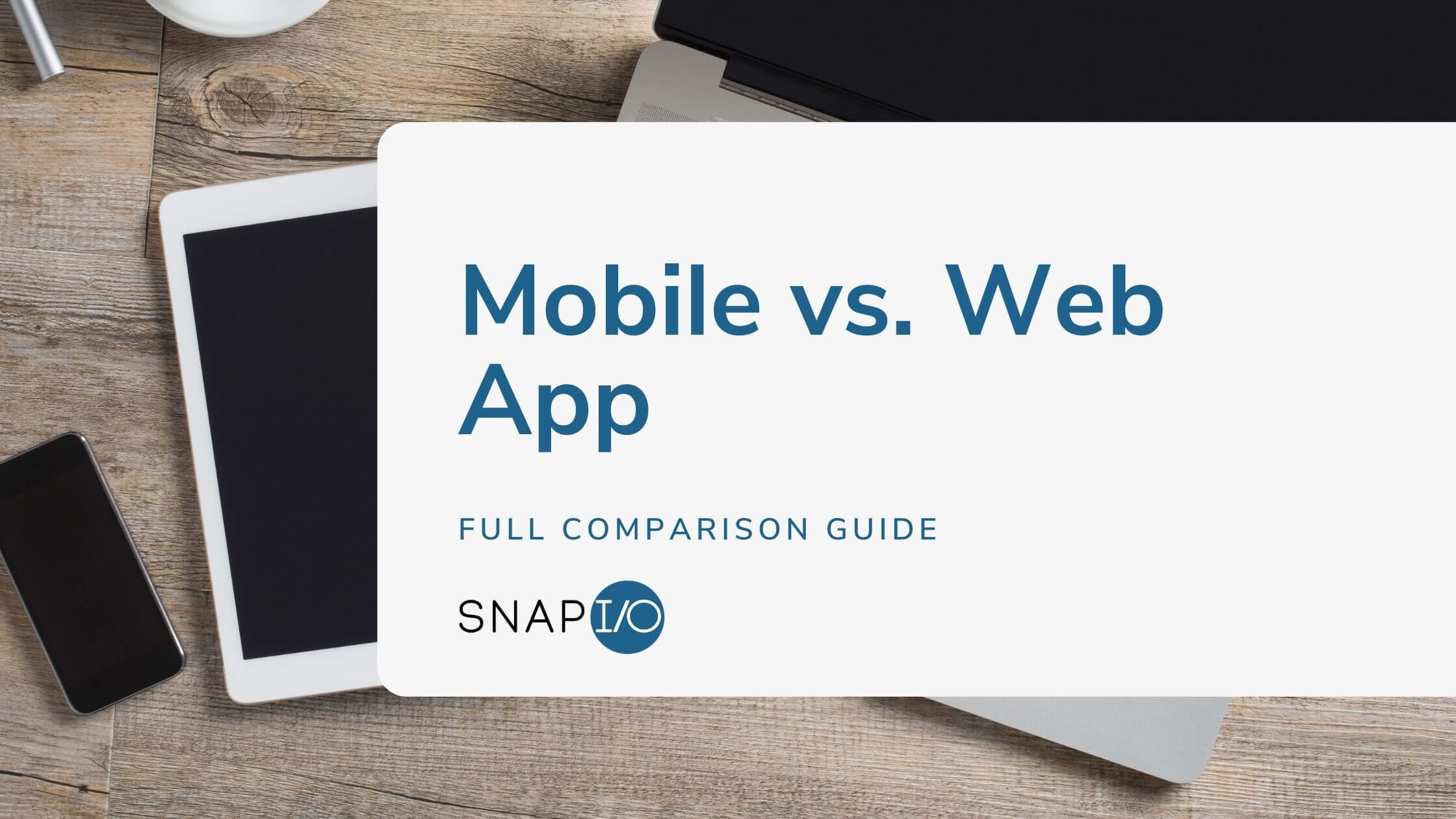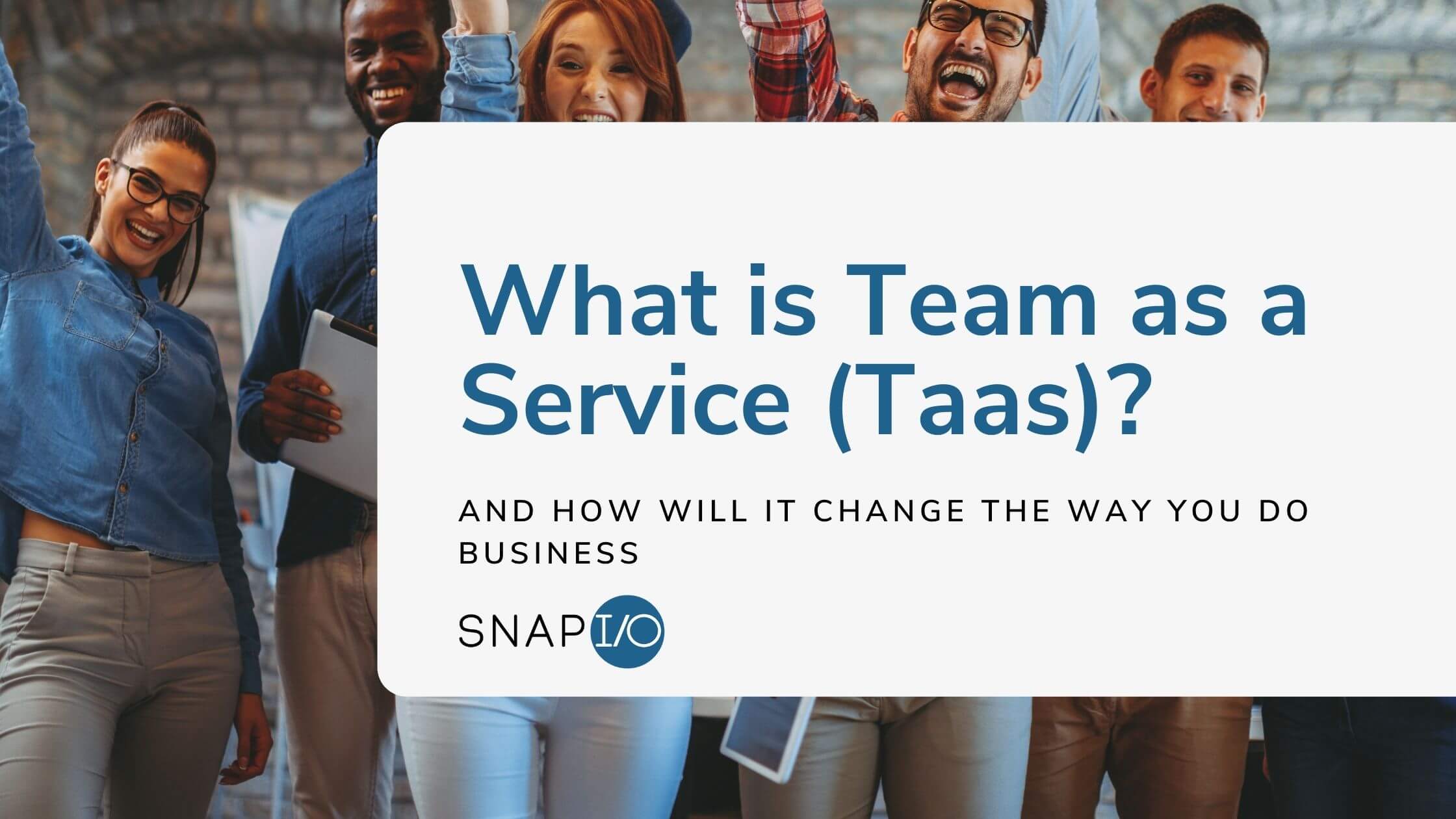
How to manage an IT project
There are two major development approaches that the Software Development industry keeps talking about and comparing between, Waterfall and Agile. So which software development methodology is the most effective for building mobile apps and custom software fast and high quality? The Snapio Software Devepors in Sydney and Brisbane will explain to you the main differences and how we actually do it here.
Waterfall
Waterfall is a popular and proven project management methodology, which has been documented to have been used since the 70s. The waterfall model is a linear process in which progress is seen as flowing steadily downwards. It usually has the following well-known stages of software development following each other one after the other: Requirement Gathering, Analysis, Design, Development, Testing, Implementation. The main idea in waterfall is spending lots of time on the design stage - it is all about getting it all complete and perfect from the get-go and only revising it after development is done.
Advantages:
- It is a simple and easy to understand method.
- Very easy for anyone to understand what is happening as steps are clearly defined and documented.
- The project plan will be a point of reference at any stage of the project.
Disadvantage:
- Rigid and inflexible to change as it is very costly
- Feedback are unappreciated once development is underway.
- It could take time to elicit and document all the requirements before can start development,
- The project might take a long time to see any results.
While waterfall has been the traditional go-to approach used for most software development projects, Agile emerged and changed the rules of the game. Developers have a much better idea of how to manage software development projects effectively and create apps much faster and cheaper.
Agile
Agile introduced the opposite idea from waterfall, and that is, that design does not need to be perfect from the get-go. In agile, it’s enough to know not the complete picture but only the next few steps. The keyword here is iterations. Each piece of functionality of the software has its own little “waterfall” process in very short and quick iteration: Requirement Gathering, Analysis, Design, Development, Testing, Implementation, again and again in multiple iterations until perfection is achieved. This philosophy became the base of many other variations such as scrum, kanban etc., etc.
Advantages:
- Flexible and adaptable to changes in the environment at a relatively small cost.
- The development team will collect feedback every sprint. Thus communication is continuous between every department.
- Minimal Viable Product can be demonstrated quickly to ensure higher hierarchy satisfactory with the progress.
Disadvantages:
- It can be challenging to assess the required resource in the beginning because of a lack of requirements.
- There is lack of design document which make it more difficult for anyone to keep track of what is happening.
- Feedback heavily influences the project, which bad feedback can have a negative effect.
![]()
Comparison of Waterfall and Agile approach
Waterfall | Agile |
|
|
|
|
|
|
|
|
|
|
Our Approach - Mixed approach
When comparing Agile vs Waterfall, it becomes clear that there is no black and white answer. Greig from Toptal is highlighting this point too in his article about Hybrid Project Management. There are advantages and disadvantages of agile and waterfall; therefore, following any book approach may not be suitable for all projects and development teams. The development team in Snapio in Sydney and Brisbane has formed its own variation. A mixture of both waterfall and agile, taking the best of both worlds. We borrowed the documentation detailed research, documentation and project planning at the start of the project from the waterfall approach, and then using this plan as a guide when coding in iterative methods during development, testing and implementation.
The first stage of our process is a requirements gathering meeting in which we will discuss your project and requirements in detail. From there, we'll discuss your project internally within the team and develop a tailored solution to achieve your goals. We'll present our recommendations in a detailed proposal which will outline the goals, inclusions, timeline & costings.
If you proceed with our proposal, your Project Manager will become your main point of contact and keep you updated throughout the journey. You'll definitely have the opportunity to review our work and make adjustments before delivering the final result. Once a project is complete, we will continue to work with you to provide ongoing support if you wish.
Advantages of mixed approach
- A detailed and well-planned project plan becomes the point of reference to both the development team and the client.
- Timely product delivery due to shorter development cycles.
- Clients get to see what is being developed, as, after each iteration, feedback is requested.
Have any questions? What to learn more? Leave your query with us, and we will be sure to get back to you as soon as possible.



